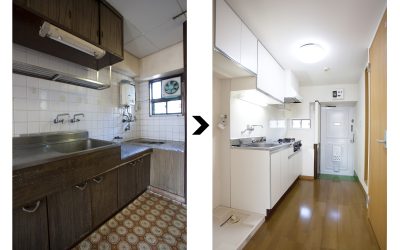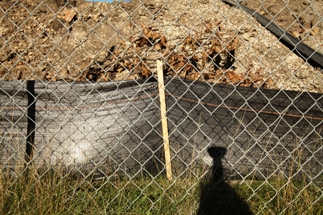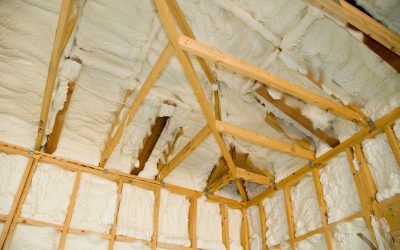Flood waters can create a habitat for the growth of mold. Unfortunately, the mold has rapid growth in the days preceding the flood. If it is impossible to get in for a few days, an explosion of growth will occur and take over the areas. Because the mold is a health hazard, the home should not be entered if it has been taken over with this substance. These are the steps to be taken to get rid of the mold.
One of the first steps of Mold Remediation in Queens after a flood is to isolate the home. Depending on the extent of the growth, the entire home may need to be isolated from entry. If there is any question of the extent of the infestation, the home needs to be investigated with the proper respiratory protective gear to determine the extent of the damage.
After the area is isolated, a negative air pressure is established inside the home. This is done with the help of an air system with special filters attached. Several systems may need to be installed if the entire house is affected. The special filters help to filter the mold spores and make sure that they don’t get outside of the home. All air access points will be blocked off as well for isolation purposes. Entry and exit points are established.
Once the area is prepared for the safety of the workers, the Mold Remediation in Queens workers will begin removing all of the material that contains the mold. This can include removing carpeting, drywall, and any other items touched by the flooding. Some items might be salvageable. However, these items have to be evaluated on an individual basis and are packaged separately so that the mold can be dealt with in a safe environment. Everything else is marked as bio-hazardous waste and disposed of in special waste facilities.
These are the major steps taken in the mold remediation process. Flooding in the home can cause major problems with mold growth. Since it can take awhile to get back into the home, contact Maspeth Environmental Corp NYC for a full evaluation.








